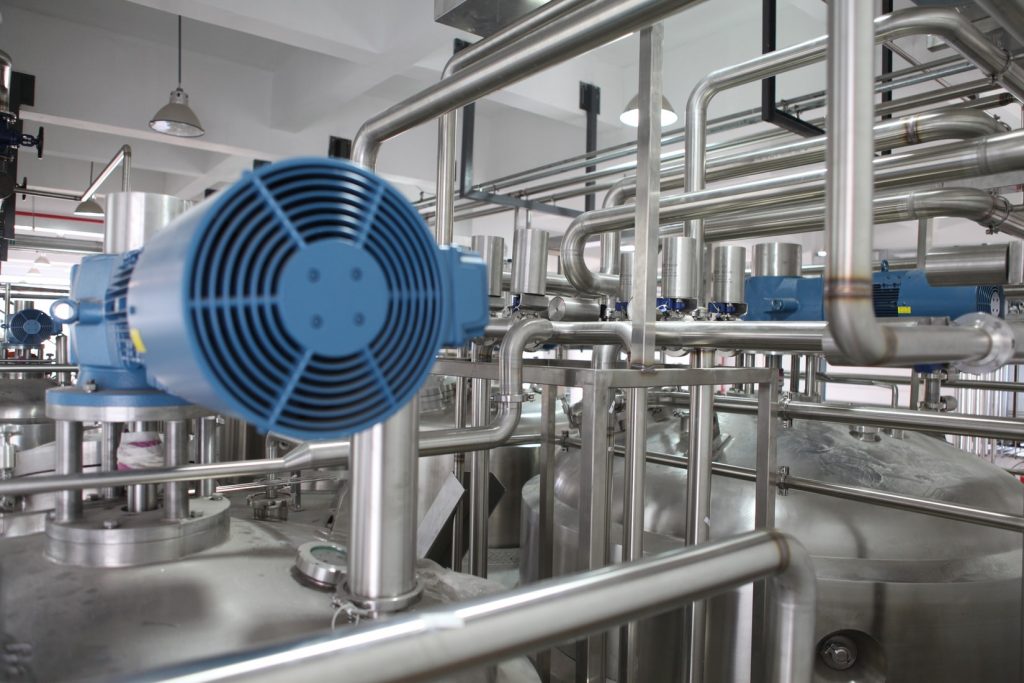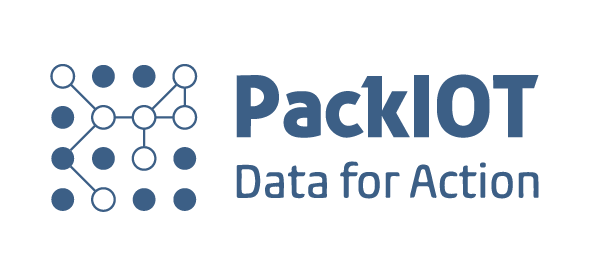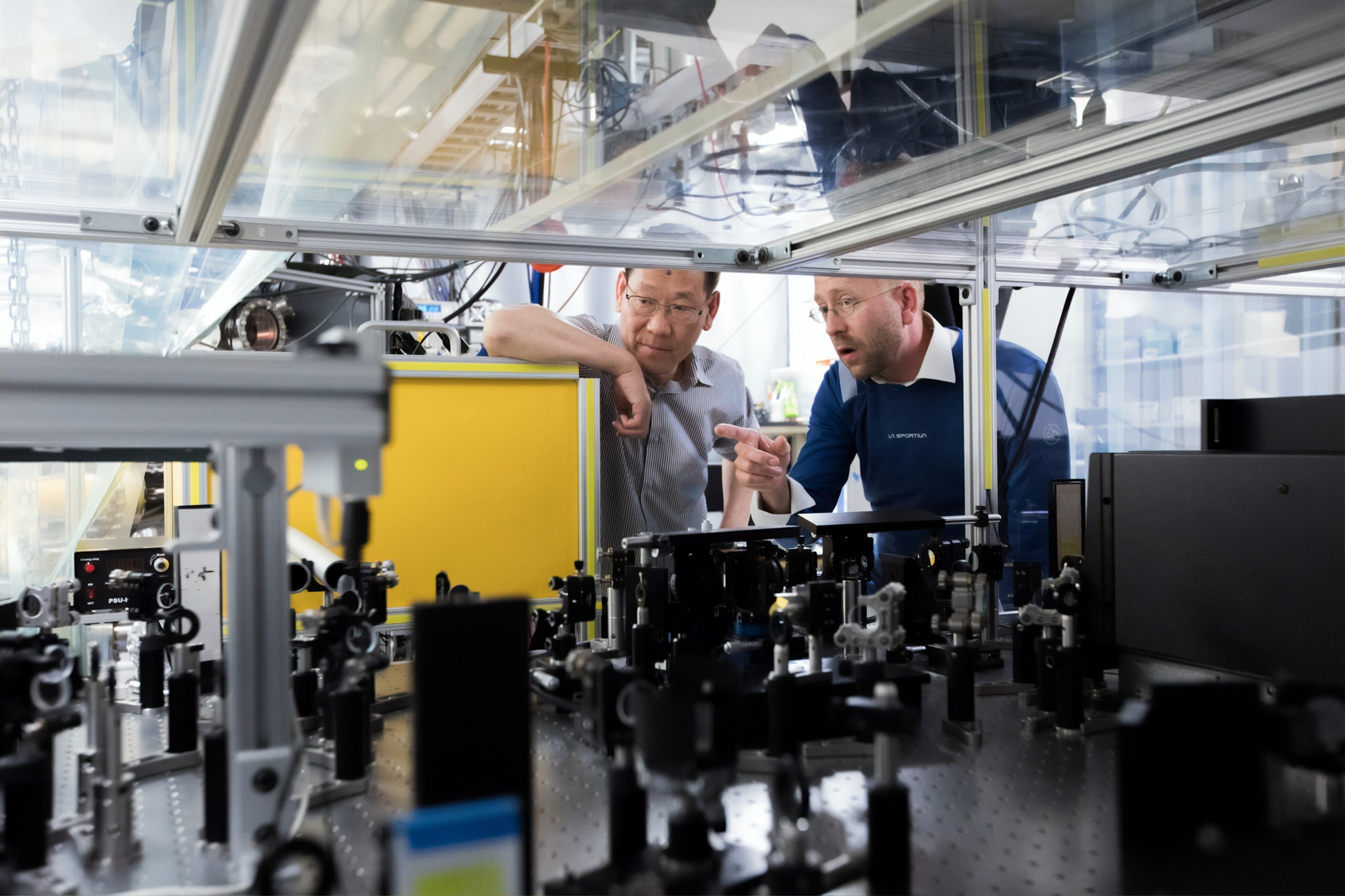Day after day, it’s becoming easier to realize that IoT has been transforming the way manufacturers identify and solve problems on the shop floor. And one of the most important partners to achieve this goal is wireless solutions (such as wi-fi, 3g 4g, and 5g connections). After that, all the features of connected devices have been developing a fantastic job to increase productivity, reduce costs and make the life of machine builders easier on this matter.
For them (and of course, their customers), decision making for machine maintenance is often based on a reactive, not proactive attitude. This means that hours or days are lost on both sides when a problem occurs, especially in a more distant factory. The above case is quite common and happens in most relationships between factories and OEMs. And this can become a real headache. But there are a few options to avoid this problem.
For instance, by remotely monitoring different machine components, OEMs can detect excess vibration before it causes unplanned downtime (and this is a great operation advantage). Besides vibration, sensors also can send temperature, presence, and general performance data to a wireless logic controller or PLC for collection and analysis.
Your machines are probably already connected. And that is good
That’s a reality you may see every day in factories worldwide. For many, many, many years machines have been equipped with very high-level sensors. And that is excellent news. The big problem is that manufacturers often do not use all the data potential that these types of equipment can provide. The secret sauce here is to use the information available on the machines to take quick and effective action to evolve their operational capability.
If legacy machines are not equipped with native sensors, installing these small parts has become easier and cheaper. With a few dollars, it is possible to find top-quality sensors and install them on your machines.
From there, making the right connections to PLCs, industrial computers or any other data collection/storage systems is a simple step. Another good news is that the connection networks are available almost anywhere in the world, even in the most remote factories. In other words, the hardware part is no longer a problem (and by saying this, we may be talking about two or three decades ago).
You might also like: How to gather and manage data (from teams and assets)?
By eliminating the wire limitations in conventional systems, wireless networks improve data logging and process monitoring and control, while maintaining high levels of security and integrity. But until recently, implementing a wireless network on the plant floor has been challenging. In the past, wireless systems were difficult to install and maintain. Today, many remote monitoring solutions can be integrated into a single, inexpensive unit.
With this context, manufacturers can be able to make device-level data accessible to operators and plant managers. And this, of course, heads the efforts to providing valuable insights into OEE.
But in the end, how can a remote monitoring system be useful for machine builders around the globe?

Proactive service and support
Let’s start with something that happens constantly in the customer-supplier relationship. A common manufacturing situation for OEMs is the “time reaction problem” with which they can respond with service/support to the machines in the event of a failure. If we look back (not so far away) this usually meant that an actual failure occurred, resulting in a delayed order, scrapped parts and potentially days of inactivity. A real nightmare for both sides in this relationship.
When customers need after-sales service, they expect their problem to be resolved with minimal delay. With the wrong mindset and management, both sides opt to require costly and time-consuming site visits.
In this case, being reactive means only taking action when the client is already losing money, time or both. A remote monitoring system can enable your operation, technology, and after-sales team to act in a preventive manner, mapping situations of action taken when the customer is not yet in the heart of the hurricane.
By adopting a predictive posture, the equipment can review available data, detect any exceptions or historical patterns, and maintain the machines before a problem occurs, limiting impact. Such actions also ensure that a manufacturer does not need to maintain an extensive stock of spare parts, but rather work on a time basis. It is also clear how and when to use the service team, with correct resource and time allocation.
Instant reaction
Okay, okay. Sometimes it’s impossible to perfectly predict a failure. To make things better, a simple feature could be used: customizable alarms. IIoT-enabled alerts provide both the local machine status and remote status of each light module. Then a remote follow-up operation can be also a great ally. By using the data log from the last few months, your maintenance team can act very quickly. In addition, the best remote monitoring systems can provide you video and photo embedded features, which can shorten the reaction time.
Even if you need to visit the customer at some point, your team has the ability to arrive there much more prepared for the site (if you really need it). This can save days or hours of local assessment. Really: your client appreciates it!
Lower travel costs
Short or long trips need many measures to be taken before they happen. It can be a VISA, booking a flight ticket, rent a car…or all combined.Using a remote monitoring system can reduce many costs involving travel (here we leave room for cost reduction, knowing that reducing it all together can be a bit distant at this time).
In addition, in many cases, travel may be hindered by government measures, as was the recent case with Covid-19. For this, real and viable alternatives are needed to serve the client and continue with your employees healthy.
Besides not having to pay for transportation, hotel, and meals, your company also save the idle time between the two places. In some cases, you may spend more time on the plane than you do in meetings, assessments, and maintenance processes with your clients. With a full and smart remote tracking system, you will only invest any resources in business travel when it comes to really matter.
More Service capacity without increase workforce
Now your post-sales specialists have an important tool and are traveling less. So, they have more info in their hands and more time to jump into bigger challenges. It’s almost a dream come true. Just kidding, you know you are going to face some issues. But in general terms, you can increase your service capacity without new hires.
In times of crisis, companies usually try not only to look at the growth factor but also aim at greater operational efficiency to improve processes, reduce unnecessary costs, invest in new technologies, among other factors. The guarantee of better efficiency can be the secret between a company’s loss and profit.
With the right management team and vision, this could lead your company, teams and client relations to a new level.
Overview of your installed machine’s performance all over the world
A really useful remote monitoring system, with IoT and AI support, can and should give you in real-time the situation of each of the machines installed around the world by your company. Such a dashboard can make it easier for your staff to view and absorb useful machine learning data, creating predictive subsequent maintenance modeling, for example.
As we have seen in recent years, both from our team’s experience and from talking to customers and partners, many OEMs do not have access to the individual and general data of these machines, which makes it very difficult for the after-sales teams to plan and take action.
It’s all about user experience
As we have mentioned so far, it is very likely that your machines are already collecting data constantly. If not, install sensors has also become an easy task. Fine, but how to access this data simply, easily and quickly?
I think this is the moment that many OEMs end up failing. Accessing logs and vital data only when the problem arises is an inefficient task that would continue to make your company be seen as a reactive organization.
That’s why it’s crucial that your business adopts a solution with a friendly and simple UX to handle the remote monitoring tasks. A solution like this can be integrated with your CRM, for example, by alerting your post-sales team to contact the customer proactively to check for possible defects that are emerging (before they really happen, of course).
In addition, your operation team can and should be aware of artificial intelligence-based algorithms that compare the behavior of all your machines. This can be an incredible ally to improve predictive maintenance capabilities (yours and the customer’s). While choosing your provider (it could be internal, a consultant firm or a SaaS company, security, integrations and data availability are other important factors to be aware of.
I don’t want to sound repetitive, but I do need to warn and reaffirm this: the system for managing your remote monitoring efforts needs to be simple, easy, fast and friendly. Nobody wants to deal with bad and complex services.




